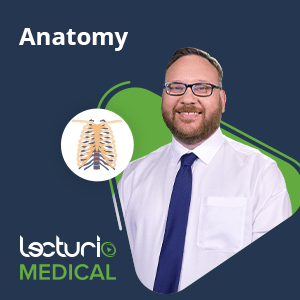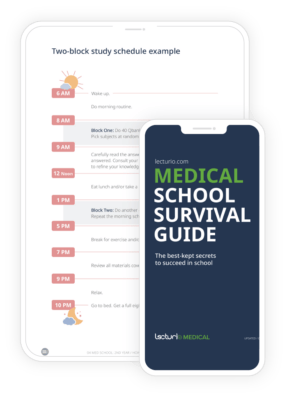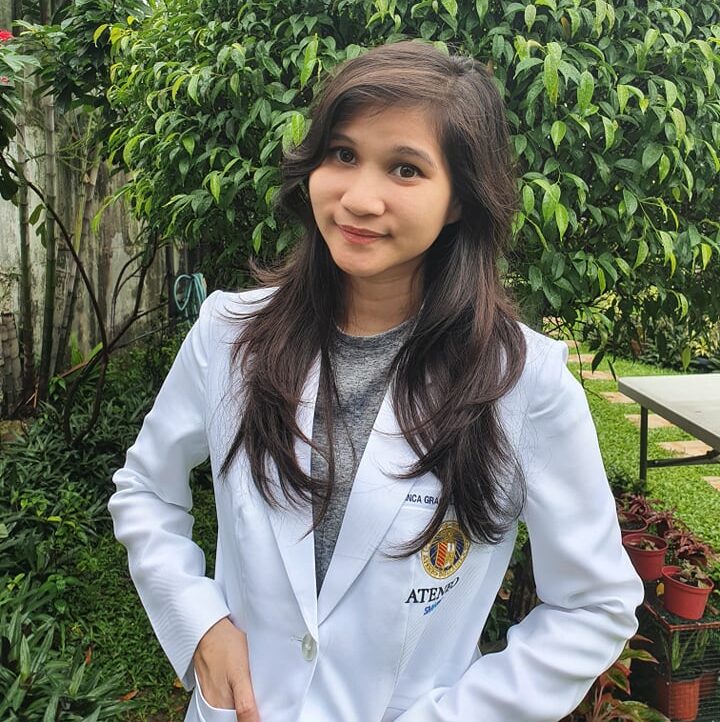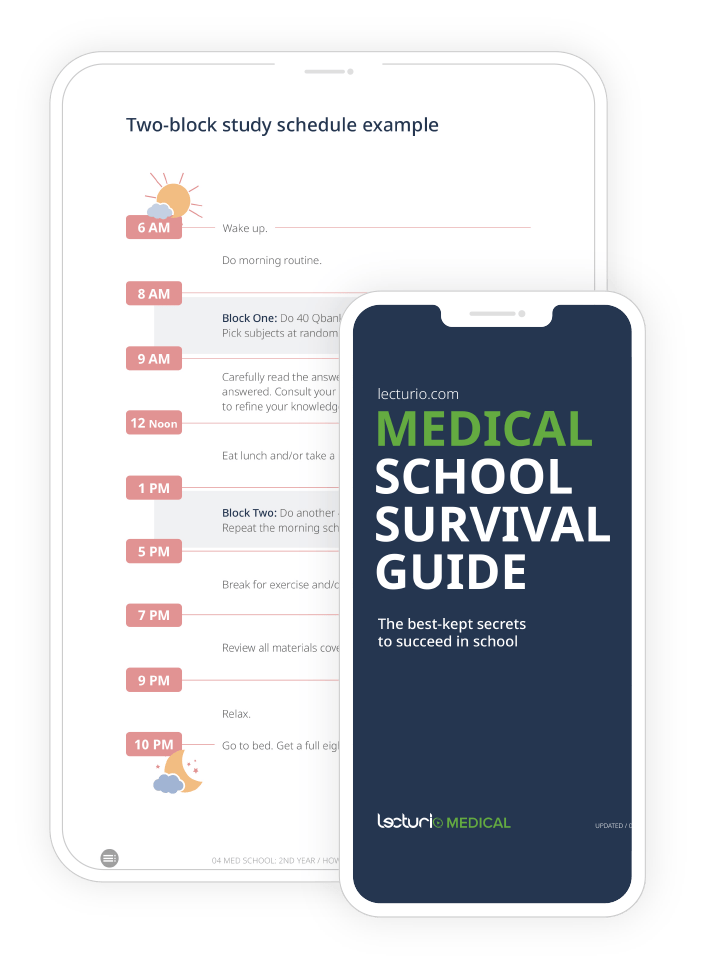On my first day of cadaver lab, we held a ceremony to pay respects to the bodies neatly lined up in the room. The air felt thick, not only because of the pungent smell of formalin, but because it was hard to believe that in front of us, underneath the blue tarp was a formerly living, breathing person. This was leaps ahead of the frogs we had dissected in biology class. But that wasn’t what made the anatomy lab so different from our other medical classes.
What is Human Dissection?
Human cadavers have been part of medical education for years. For those who don’t know, first-year medical students start their Human Anatomy lessons by coming face-to-face with a dead body. Many students consider this a rite of passage because of the physical, mental, and emotional challenges that come with it, especially in the first few days.
My first day started with a prayer. This was our way of paying respects to our “donors” and to thank them for what they could teach us.
I’ve heard stories of people fainting or vomiting on the first day of anatomy lab. I’ll admit that I was nervous that I would be one of them. After all, it was going to be the closest I’d ever been to a dead body.
But once I unpeeled the blue sheet covering our patient, I didn’t feel lightheaded or nauseated. One reason was because our school used a formaldehyde solution that had a minty scent. Another reason was because I knew it was something we’d have to get through. However, that doesn’t mean that I wasn’t unsettled by it.
Why Does It Feel Unsettling?
It’s easy to feel nervous on your first day, just like I did. In the same way that funerals feel weird, seeing dead bodies elicits feelings of fear and anxiety. It makes us aware of our mortality, and we get plunged into a mini-existential crisis.
Many of us wondered who our cadavers were before they died. For confidentiality purposes, the bodies usually don’t have their name or any identifying information on them. So, it’s hard to imagine that the body in front of you used to be a person. You may wonder what kind of life they led, what they were like, or why they died. There will be a lot of questions in your mind about the patient that will remain unanswered.
What stuck with me the most were the little glimpses into their life as time went on. My cadaver was an old lady, and a chronic smoker with an enlarged liver. Other cadavers in class had interesting stories as well. One cadaver was full of tattoos from a popular card game. Another cadaver had a bullet lodged in his thorax.
Somehow, these clues into their humanity reminded me that this was a person. They meant something to someone, and they had a lot to teach us as the year went on.
The Challenges of Anatomy Lab
There are a lot of physical and emotional challenges in anatomy lab. Here are some challenges that I encountered in my first year:
- The smell. Honestly, this was something I couldn’t get used to. As time went by, the cadavers would smell worse. As someone with a strong sense of smell, just being exposed to formalin made my nose sting and I would start tearing up. If this happens to you too, try stepping out for a bit to recover before continuing.
- Physical exertion. One of the first things you’ll learn is how preserved bodies are a lot less squishy than you think. Retracting, cutting, and cleaning is really tiring. In my school, anatomy lab would take up the entire afternoon. My cadaver was overweight, so there was a lot of fat to clear before we could get to the muscles we had to study. It took us two sessions to clear it up, and by then we were too exhausted to study the muscles.
- Sharing with a group. Cadavers aren’t easy to come by. They’re expensive, and they come from donors or bodies that are unclaimed after some time. So, we had some years when the school only had a few cadavers, while others had a lot to work with. Either way, you’ll be sharing with a group of people, and not that many people can crowd around the dissection table at once.
- Anatomical variants. Did you know that the palmaris longus can be absent in 1.5%–63.9% of the population, depending on where you’re from? Not everyone has the same body and what you see in your books may not be the same in all cadavers.
- Staying clean, sterile, and safe. As you may have guessed, working on a cadaver is not the cleanest thing in the world. Thus, you need to make sure that you wear gloves, wash your hands, and disinfect the area when you’ve finished. There were times we had classmates who accidentally cut themselves with used scalpels and other sharp tools. Follow your lab’s safety protocols and you’ll be alright.
- The emotional barrier. It’s hard to get past the idea of cutting away at a former person. Some people report saying that they’re worried the experience will desensitize them to death. Others are worried about treating human bodies as a learning aid. While bringing students closer to knowing the human body, there’s a possibility of becoming numb to the emotional significance of dealing with another human being.
Cadavers vs Simulations
Although anatomy lab has been an important part of medical education for years, schools are beginning to transition to electronic models instead of actual cadavers. A topic of much debate, electronic cadavers are slowly being adopted by medical schools. Why? It’s because there are limits to using preserved bodies. Many are old and some structures don’t look the same as they would in a living patient and are very hard to find.
Simulations are meant to be easier to use, with easier-to-see structures, whereas cadavers have some organs that might be injured, or it can be harder to isolate and identify the structures you should be seeing. The use of virtual cadavers allows students to see the structures without the physical strain that comes with cadaver lab.
However, it has been argued that the experience of anatomy lab is a unique and irreplaceable one. While it may not be a living person, the feeling of cutting away to find, identify, and to know how to tell the difference between anatomical structures is something that cannot be replaced with a virtual simulation. Especially for students who plan to enter into a “cutting profession” like surgery, OB, or ENT, it may be a significant first experience they’ll be missing. While you may learn more through a virtual body, seeing the different stories that my and my classmates’ cadavers had to tell helped me look beyond learning. Instead, I’d see these bodies as people, each with a special lesson to teach.
How to Make the Most of It
Anatomy lab is something that you only get in your first year. It’s not a lot of time, despite the amount of information you need to learn. As such, you need to make the most of the experience. Here are a few tips that might help you through it:
- Prepare yourself emotionally. The first few days can feel weird. As I said before, it’s an uncomfortable experience coming to terms with dissecting a human. Make sure to read up on articles (like this one!) and talk to upperclassmen on how they were able to cope. If you feel like it might be more than you can handle, reach out to your school’s counselor.
- Have an atlas ready, and read it beforehand. Your atlas is your guide through the intricacies of the human body. My classmates used a mix of books and anatomy apps on their phones and tablets. Use whichever you’re comfortable with. However, do note that there are some anatomy professors who prefer you use a specific atlas.
- Work in small groups. As mentioned earlier, it’s tiring to work on a cadaver for hours. Utilize your groupmates. Set shifts to rest and to work. You can even assign specific roles. For example, we had someone to cut up the cadaver, someone to refer to the atlas, and someone who labeled the identified parts with pins or string.
- Get to know the other cadavers in the lab. Humans are all different and there will always be anatomical variations. Go around and ask your classmates to teach you what they found on their cadavers, and do the same for them.
- Correlate the location of a structure with its function. The body is designed to work in the most efficient way possible because of evolution. Therefore, form follows function. For example, when you study the muscles, their action is usually related to its location, insertion, and origin. Don’t forget to look into common syndromes that manifest when a specific part of the body is injured.
- Respect the body of the “donor.” It can be easy to forget you’re dealing with a human as time goes by. It might help to have memorial ceremonies where you pay your respects to your cadaver. Our group used to pray together and even leave flowers at the side of the table. This really helped us stay grounded to the fact we were dealing with another person.
Final Words
Anatomy Lab can be a great challenge, and it’s an important part of your medical school experience. It’s a big step out of your comfort zone from learning through books to learning from an actual person. It feels uncomfortable at first, but there are ways to cope with it and make the most out of your first patient encounter. Eventually, you’ll find that the beauty of the human body and how it functions to be one of the best things you’ll learn in medical school.

Take the Course: Anatomy
Cover all anatomy essentials with Dr. Darren Salmi, Craig Canby, PhD and James Pickering, PhD.







